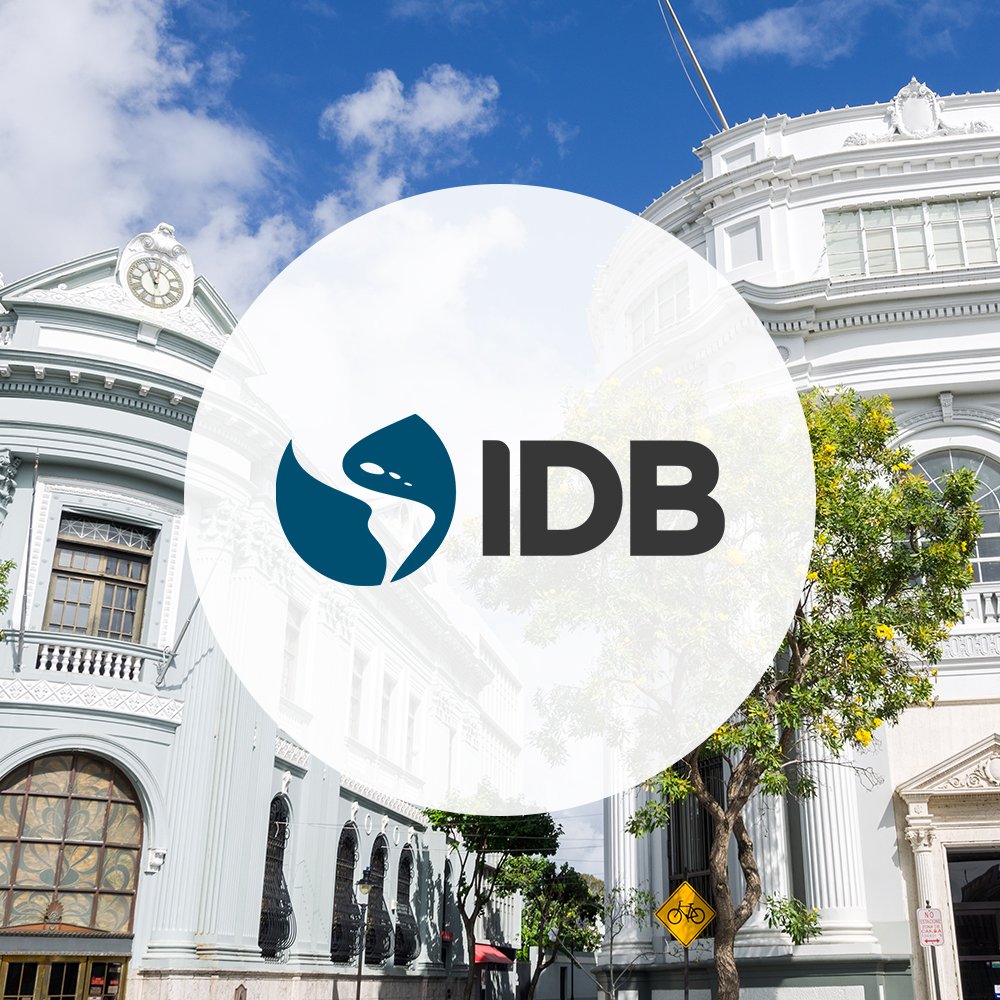
Decision-makers at the Inter-American Development Bank were looking to create an effective way to mitigate risks in their infrastructure investment portfolio. To achieve this, the bank partnered with Data Society to create an innovative, machine-learning-based model that would enable decision-makers to proactively identify projects with significant risk factors and take preemptive actions to save time and budget and to secure project success.
Historically, conventional statistical models have afforded bankers risk-related insights, but couldn’t predict the success and failure of infrastructure projects overall. Studies of infrastructure projects throughout the world find that 9 out of 10 experienced cost overruns, which vary by sector and average between 20% and 45% of baseline costs (Flyvbjerg, 2007). The Inter-American Development Bank (IDB) wanted to test its hypothesis that subtle factors can impact the delivery and budget of an infrastructure effort.
Data Society created a scalable machine-learning-driven modeling framework to specifically identify projects with higher than average risk levels. What made our approach scalable is our use of Open Contracting Data Standards (OCDS) when pulling the data.
Data Society created a comprehensive database and data schema to gather the data necessary to operate at a larger scale. For the IDB and its client countries, adherence to a data standard is an imperative policy and data governance prerequisite. Machine learning was applied to risk management and contract structuring, primarily useful when starting with a comprehensive data set.
To deploy at scale, a standardized pipeline was designed for the data extract transform load (ETL) process, and this process evolves over four steps:
Ultimately, applying this consistent data governance framework and reporting format, standardizing processes across the 26 countries it serves, the IDB is able to leverage machine learning capabilities to automatically flag infrastructure projects that are at risk of not meeting expectations.